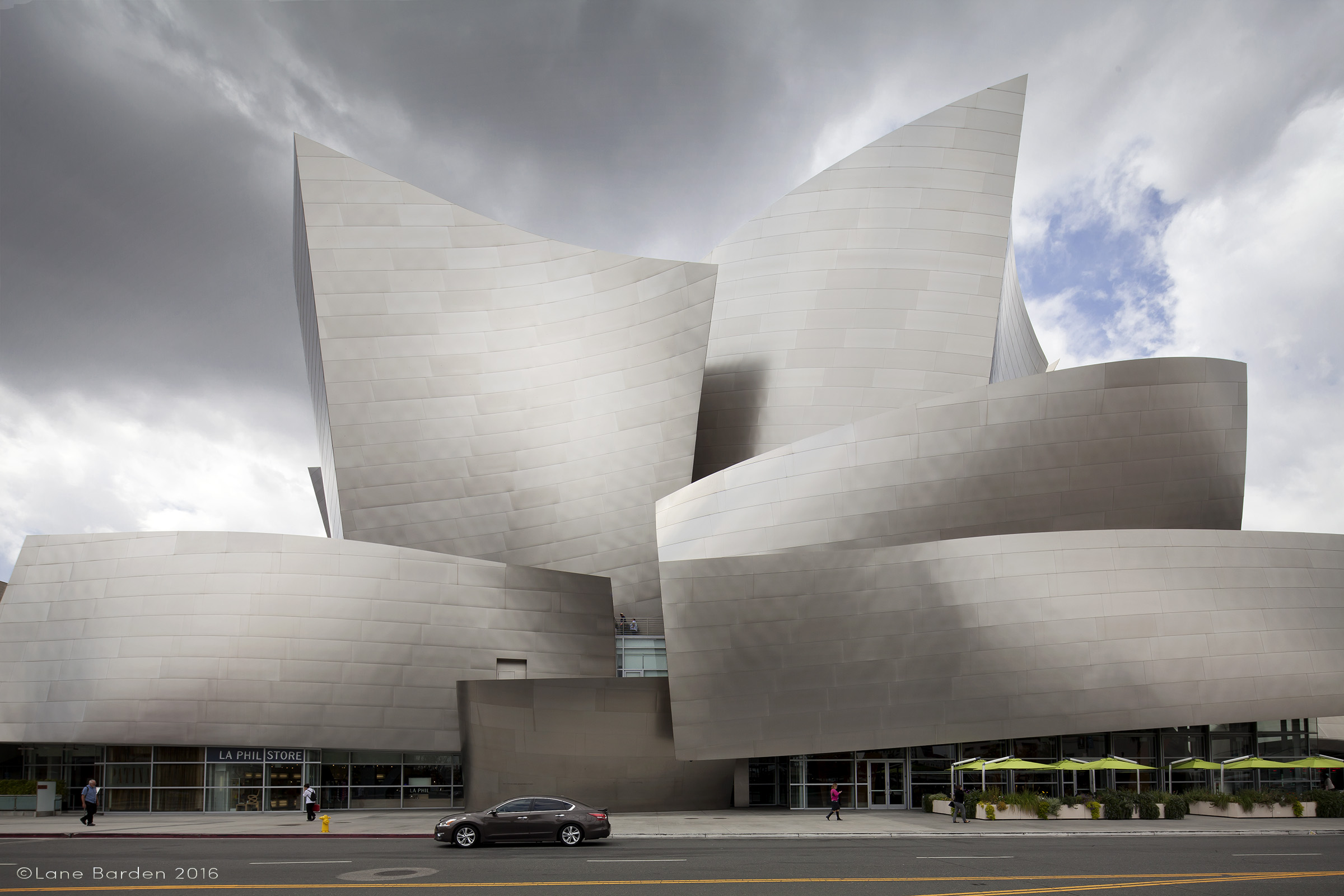Staring Like a Tourist
Photography is always about seeing something. Besides representing the subject, photographs also represent the presence of the photographer in the act of seeing. When we look at a good photograph the image testifies to something that only the photographer saw, but we share in it because the photograph makes it available to everyone. This is the power of photography - it’s like receiving a gift of a visual experience. We become linked with the photographer to the moment of seeing, and we share in the vision.
A good photograph suggests that there are ways of seeing and mastering cameras that can transform something we normally experience in the visual world as ordinary, into something exceptional. Sometimes this phenomenon creates a mystique, making the image seem like a testimony about talent or special access to reality that is unavailable to the rest of us. Experienced photographers know that most of the time, this is not the case and that the mystique that makes it all seem easy, is actually the result of hard work.
That a photograph is made within a rectangular frame with keen attention to the edges, may seem too simple an observation to explain why some photographs are more powerful than others, but framing is where a good photograph begins, as well as where a weak photograph often fails. Most of the time framing an image for a photograph is not like composition of a painting or drawing, because photographic framing demands that you physically move your body to establish point of view and create dynamic relationships between objects, lines, people, or spaces that are already inherent to the image you have chosen. Some cinematographers carry a rectangular frame around with them when setting up a shot, moving from one place to another and looking through the frame before making a decision that could take hours to set up. You have to move. Most of the time, you can’t get very far by standing there and staring like a tourist.
But sometimes you can, if you are standing in the right place. An important discovery for me in my own work was realizing how the right subject with the best possible light, will powerfully reveal itself in an image by a visual confrontation with it – looking straight into it, filling the frame with it, and helping it speak for itself from a direct, seemingly effortless point of view. At some point, this staring at the subject has to change into receiving the image and feeling it. I have to feel its impact before I am sure the photograph is worth making, and with shooting architecture the feeling of standing directly in front of a building, and taking it all in is an essential part of the process. Dramatic camera angles and oblique framing can weaken an image so first try the direct approach. Feel free to gape like a tourist. But you can’t shoot like a tourist, because it takes some care and skill to get something other, or something better, than a tourist or anyone else can get on their phone.

